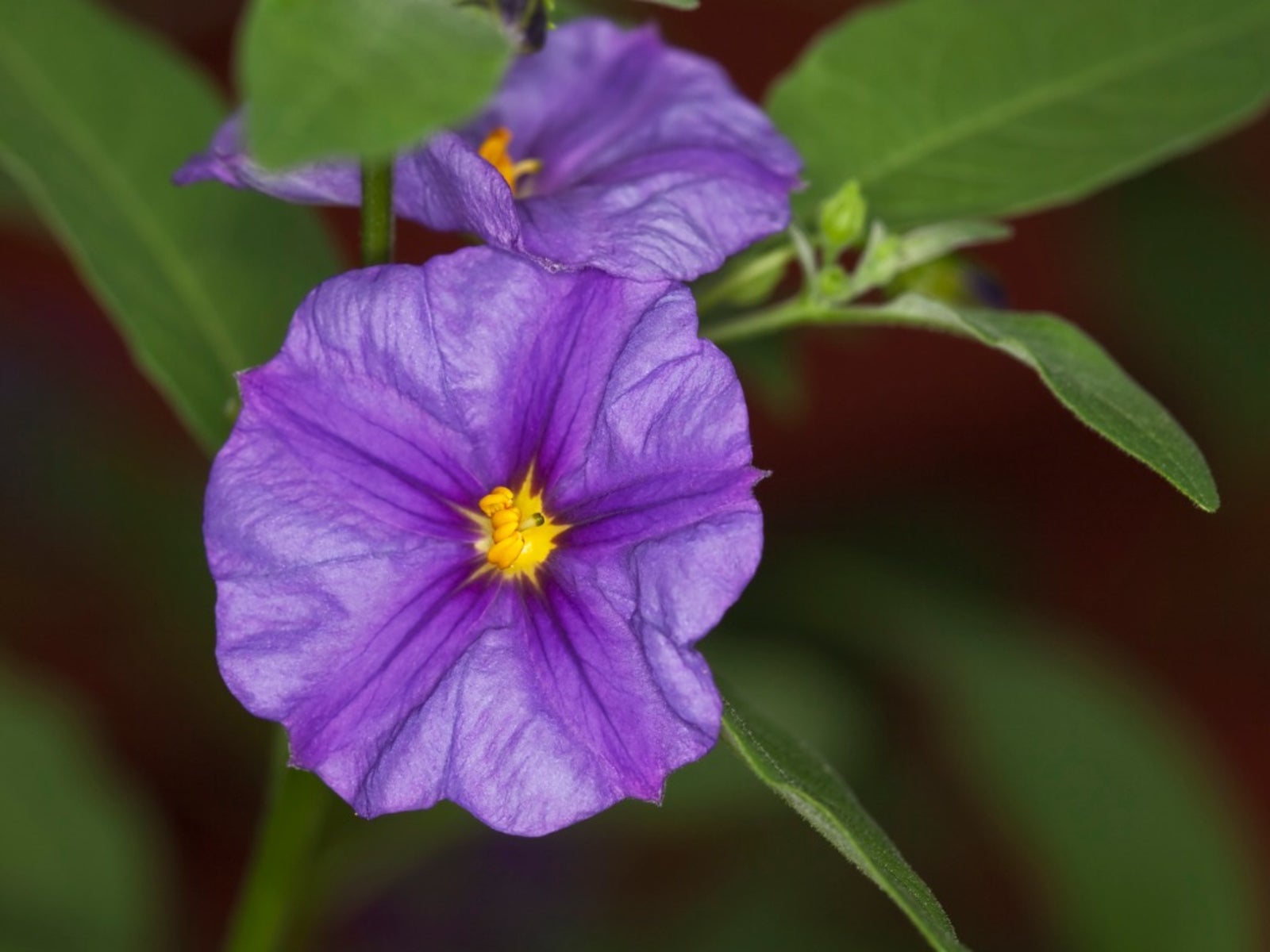What Is A Persian Violet: Care Of Persian Violet Houseplants

Growing Persian violet indoors can add a splash of color and interest to the home. These easy-to-care-for plants will reward you with beautiful blooms when given optimal conditions. Read on for more about Persian violet plant care.
What is a Persian Violet?
Persian violet (Exacum affine), or Exacum Persian violet, is an attractive perennial with bluish or white star-shaped flowers and shiny green leaves. These plants can be grown indoors, but they also flourish outdoors in USDA plant hardiness zones 5 through 11. This violet is usually purchased in full bloom and the flowers are evenly spaced over a rounded ball of foliage. The Persian violet blooms for about three or four months; after that, it can be difficult to get it to bloom again. A good thought to have with this plant is to enjoy it while you can!
Growing Persian Violets Indoors
The care of Persian violet houseplants is relatively easy. The best thing to do is to buy a plant that has many unopened buds. This way, you will get to enjoy each blooming flower. The Persian violet loves bright light, but not direct light, so it would be best to keep the plant near a window. They enjoy cooler rooms and higher humidity. Doing this will keep the flowers blooming for three to four months. Keep the soil moist and be careful not to water it too much; this will cause the rotting of the roots. Root rot is the most common problem with these plants. If it should happen, you will have to discard the plant. A sign that your Persian violet has root rot is wilting of the leaves. If you leave dried flowers on the plant, they will start to create seeds. Should this happen, it will shorten the life span of the plant. To avoid this, pop off the dead flower heads as soon as you notice them.
Persian Violet Plant Care After Blooming
Once your Persian violet has lost all its blooms and the foliage turns yellow, it is moving into the dormant stage. Stop watering the plant and place it in a cool room with moderate light. The leaves will eventually dry out. Complete drying takes approximately two months. When this happens, remove the tuber and transplant it into a pot that is one size bigger. Fill the pot with peat moss potting mixture and place the tuber in the soil so that the top half sticks out. Do not water the tuber until leaves appear next season. When you see new growth, place your Persian violet near a window. The plant should bloom again, but the flowers may be smaller, and you may get fewer of them.
Sign up for the Gardening Know How newsletter today and receive a free copy of our e-book "How to Grow Delicious Tomatoes".